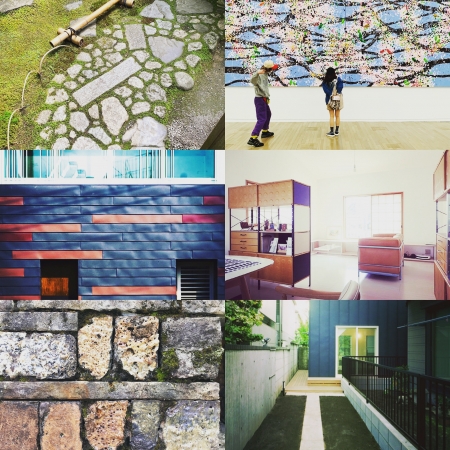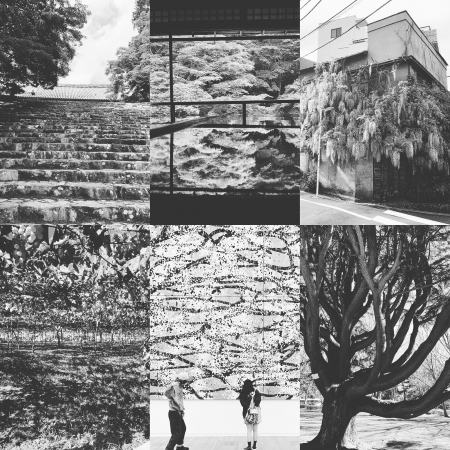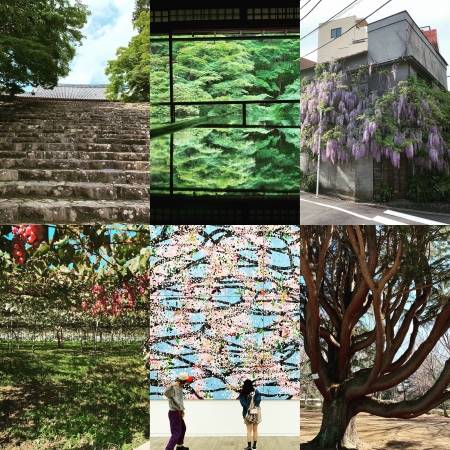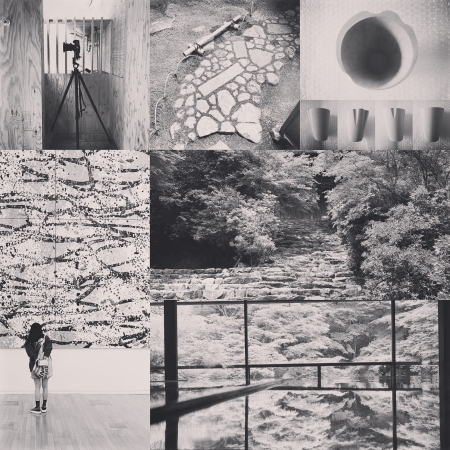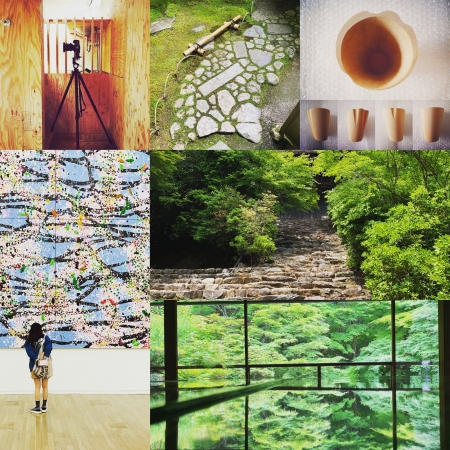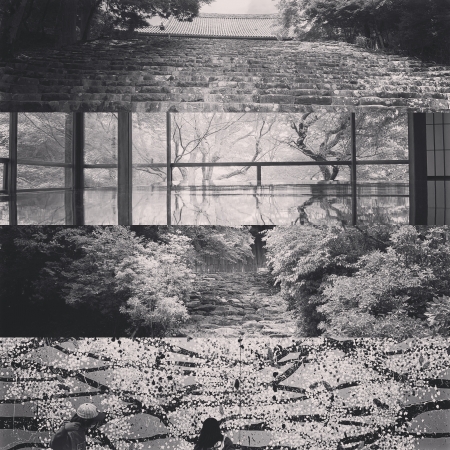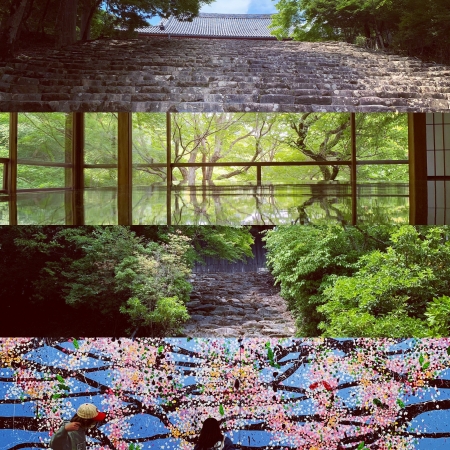記憶をつなぐには
記憶が断絶している建築ばかりでは都市は形成されない。記憶が個人的なものであったとしても断絶せずにつながりがあることで都市に時の流れによる積み重ねが生まれ特色が出る。だから、建築を更新する時には時の流れを断絶させずに記憶をいかに積み重ねていくかが重要だが、それが観念的な手法では単なる妄想の中の積み重ねで終わる。具体的に記憶を何らかの形あるモノで表現し、それを用いることで記憶をつなぐことができればよい。
"To connect memories"
A city cannot be formed only by architecture whose memories are cut off. Even if the memory is personal, the connection without interruption creates the accumulation of time in the city, which gives it a distinctive character. Therefore, when renewing architecture, it is important how to accumulate memories without interrupting the passage of time, but with the ideal method, it ends up being simply accumulation in delusions. Specifically, it is only necessary to express memory in some form and use it to connect memories.

